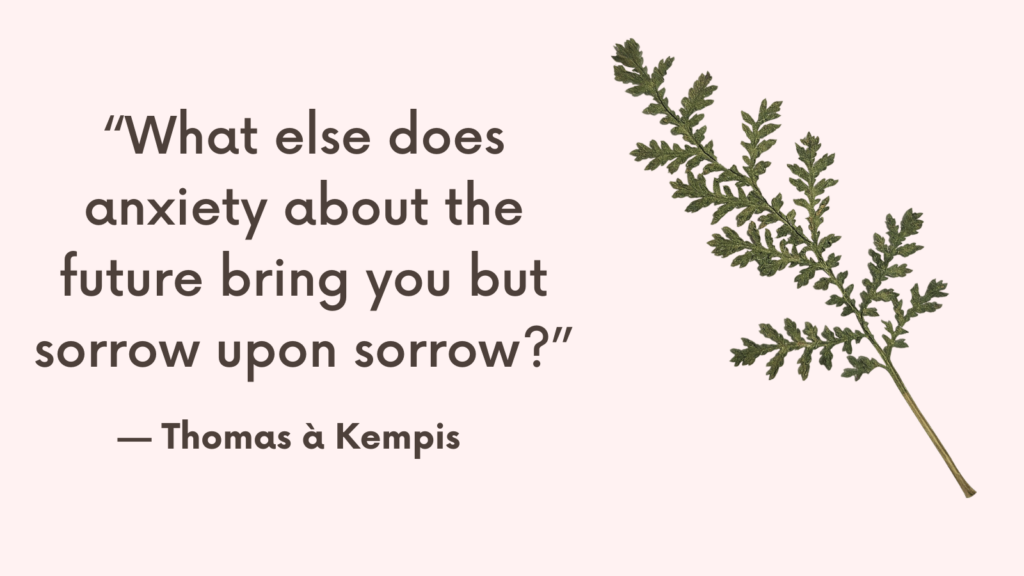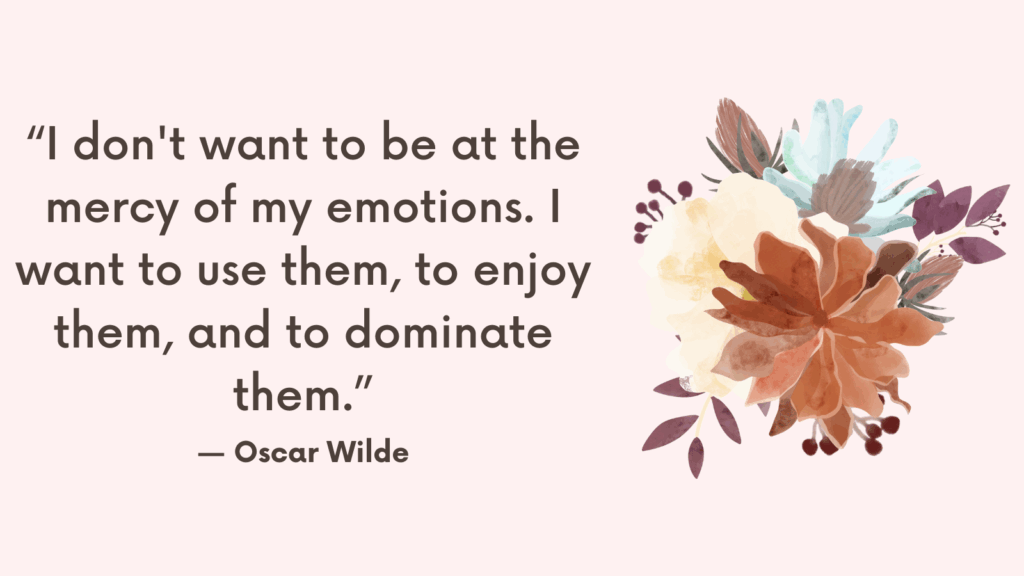Worrying can feel like an endless loop of anxiety and stress. It often starts with a single thought and spirals into a web of concerns that consume your mind and affect your daily life.
If you struggle with Generalized Anxiety Disorder (GAD), you know how difficult it can be to stop worrying.
In this post, you’ll learn why your brain defaults to worrying, how it falsely believes it’s protecting you, and most importantly, how to set boundaries on your worry to significantly reduce anxiety.
Why Your Brain Loves to Worry
Your brain has evolved to keep you alive, not necessarily to make you happy.
Worrying is one of the brain’s ways of trying to protect you from potential dangers.
However, in today’s world, this protective mechanism often backfires.
Let’s break down why your brain likes to worry:
1. Mutated Problem-Solving
Human brains are incredibly powerful at imagining future scenarios and finding solutions.
This ability to plan for the future is essential for survival and success.
However, worry is a distorted form of this problem-solving ability.
Unlike intentional problem-solving, worry is uncontrolled and often focuses on scenarios beyond your control, leading to anxiety rather than solutions.
Related: How To Stop Worrying And Fall Asleep?
2. False Sense of Safety
Worrying can create a false sense of safety.
For instance, if you worry about your child driving and nothing bad happens, your brain may falsely attribute this safe outcome to your worrying, reinforcing the habit.
This leads to a cycle where worrying feels necessary to prevent negative outcomes, even though it doesn’t actually have any protective benefits.
Related: Best 10 Intrusive Thoughts Books
The Impact of Worrying on Anxiety
Worrying fuels the anxiety cycle.
When you perceive danger, whether real or imagined, your brain triggers the anxiety response.
This response is driven by your thoughts of danger, which often manifest as worry.
Here’s how the cycle works:
– Stimulus: A thought or external trigger.
– Perception of Danger: You interpret the stimulus as a potential threat.
– Anxiety Response: Your body reacts with the fight/flight/freeze response.
For many, the process of worrying becomes an automatic habit, deeply ingrained in neural pathways.
It’s not enough to simply tell yourself to stop worrying; you need to retrain your brain to respond differently.
Related: How To Stop Post-Event Rumination?
The Skill of Scheduled Worry
One of the most effective ways to set boundaries on your worry is through a technique called scheduled worry.
This method involves intentionally setting aside time each day to focus on your worries, which can significantly reduce the amount of time you spend worrying throughout the day.
Here’s how to do it:
Step-by-Step Guide to Scheduled Worry
1. Choose a Consistent Time and Place
Select a specific time each day when you will sit down to worry for 15 to 30 minutes.
Consistency is key to training your brain to recognize this time as worry time.
Avoid scheduling it first thing in the morning or right before bed. Instead, choose a neutral location like the kitchen counter or your desk at work.
2. Write Down Your Worries
During your scheduled worry time, write down all the worries that come to mind.
This makes your worries more concrete and shows your brain that you’re taking them seriously, so it doesn’t feel the need to remind you throughout the day.
Related: Negative Core Beliefs List (& 8 Tips On How To Challenge Them)
3. Plan and Take Action
If certain worries require action, use this time to plan concrete steps you can take.
For example, if you’re worried about finances, you might decide to stick to a budget for the week.
4. End the Session
When your timer goes off, stop worrying and step away from the list.
Engage in an activity that distracts you and brings you joy, such as calling a friend, going for a walk, or playing with your pets.
Your next worry session is in 24 hours.
Related: Future Tripping: Top 9 Ways to Avoid Future-Tripping
How to Manage Worries Between Sessions?
When a worry pops up outside your scheduled worry time, acknowledge it and redirect it to your scheduled time.
For example, you might say, “Oh, hi there, worry. Let’s talk about this at 6 PM.”
Then, redirect your attention to what you’re doing in the present moment.
This could be your work, spending time with loved ones, or any activity you value.
Practical Tips for Effective Worry Management
1. Differentiate Worry Thoughts from Worrying
– Worry Thoughts: These are the automatic thoughts that pop into your head throughout the day. Engaging with these thoughts or struggling against them makes them stickier. Instead, notice them without judgment and let them pass.
– Worrying: This is the action of dwelling on problems and turning them over and over in your mind. Recognize that worrying is something you’re doing, not something that happens to you.
2. Use Cognitive Defusion
Cognitive defusion is a technique where you learn to observe your thoughts without getting entangled in them.
When a worry thought arises, you might say to yourself, “I’m noticing that I’m having the thought that…”
This creates a mental distance between you and your thoughts, making them less powerful.
Related: Why Do Intrusive Thoughts Feel So Real? Top 4 Reasons
3. Use Distraction
While distraction is not a long-term solution, it can be useful in the short term when paired with scheduled worry.
For example, if you find yourself worrying at night, listening to a moderately boring audiobook can help redirect your mind.
Long-Term Benefits of Scheduled Worry
By practicing scheduled worry, you can expect several long-term benefits:
– Reduced Time Spent Worrying: The majority of your worrying will be contained within your scheduled sessions, freeing up the rest of your day.
– Improved Problem-Solving: Being intentional about your worrying allows you to focus on actual problems and take concrete actions.
– Decreased Chronic Anxiety: Your body is well-adapted to handle short-term stress. By concentrating your worrying into specific sessions, you give your body a chance to relax and regulate throughout the day.
Related: How To Stop Should-Ing On Yourself?

Conclusion
Worrying is a deeply ingrained habit that fuels anxiety, especially in those with Generalized Anxiety Disorder.
However, by understanding why your brain defaults to worrying and using the skill of scheduled worry, you can set boundaries on your worry and significantly reduce anxiety.
This technique is not about eliminating worry altogether but about managing it in a way that frees you to live a more present and fulfilling life.



